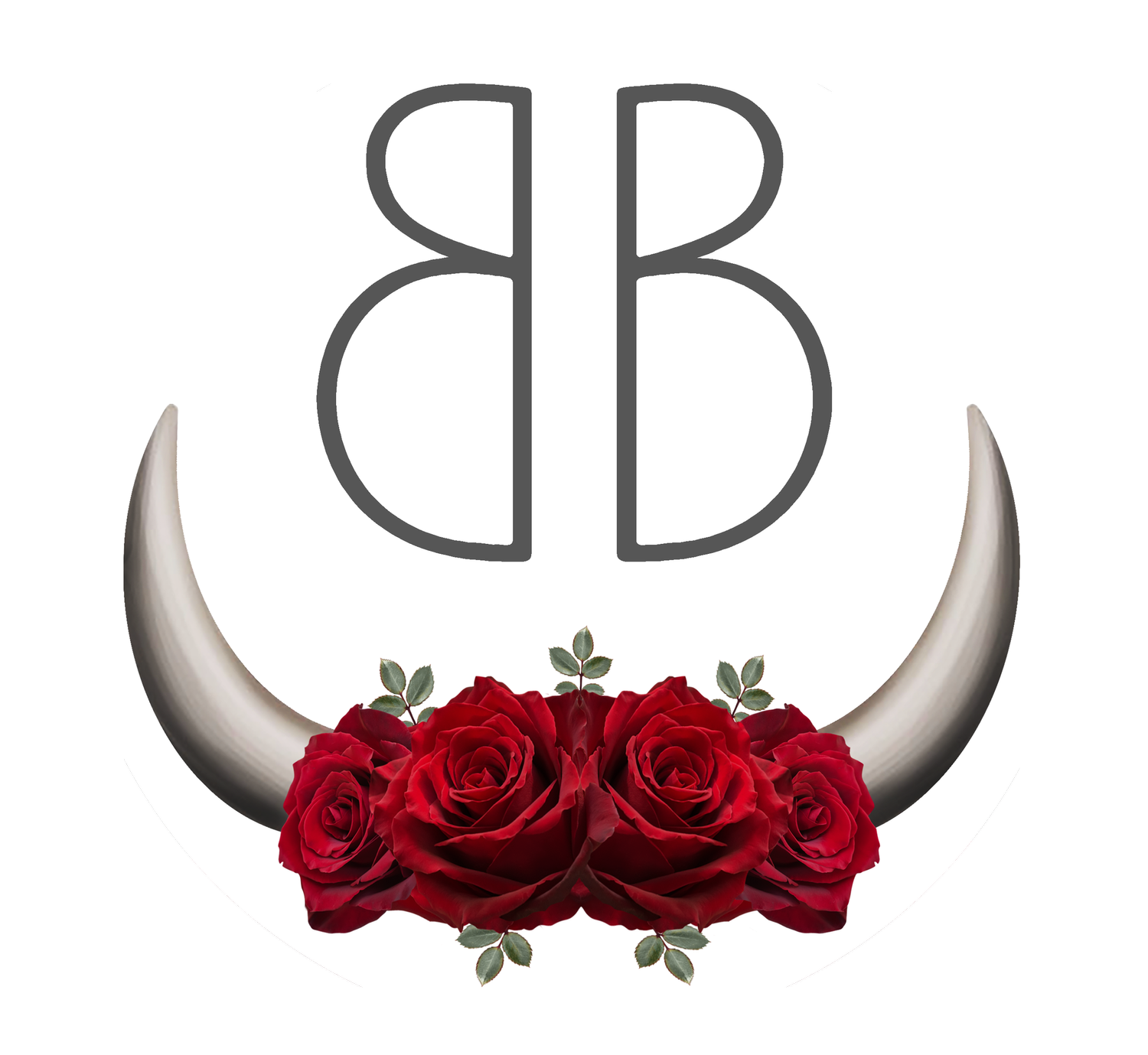Yoga For Bench Jewelers
Contrary to popular perception, there are many people who actually love their job! They may joke about it or feel relieved after calling it a day, but when they are at their desk, all they can think about is creating the best piece of their life. Crafting soulful jewelry that speaks a language of its own is spiritually rewarding. However, it can be physically and emotionally draining as well. While being able to let your work consume yourself is a great gift, sitting for long hours can be taxing for your body.
Remember, working hard is important, but being oblivious to your complaining body is not a great way to focus. Over time, it can contribute to poor posture, hunched back, neck pain, back pain, shoulder pain, aching wrists, and whatnot. These conditions, if left unattended, can quickly transform into chronic health issues and ultimately affect your creativity in the long run. But fear not! Because yoga, the ultimate savior, can help you achieve that perfect balance of work and wellbeing.
Easy-to-practice yoga poses that target specific areas are a great way to stretch and relax those overstressed parts of the body that often get neglected in the long hours of creative pursuits that jewelry crafting involves. Let’s explore a few basic yoga poses that you can try at home for an uninterrupted flow of those creative juices!
Downward-facing dog (Adho Mukha Svanasana)
This may not feel like a simple-to-practice yoga pose, especially when you are getting started with yoga, but it surely is one of the most rewarding of all asanas. As part of the Sun Salutation sequence, Downward-facing dog is a classic yoga pose popularly practiced by beginners and seasoned practitioners alike. It’s a holistic pose that stretches almost every part of the body and makes an essential part of the daily yoga practice. It increases blood circulation, boosts muscle strength, and calms the mind.
The target areas of Adho Mukha Svanasana are legs, arms, and back. In addition, it stretches shoulders, hip muscles, wrists, ankles while also increasing blood flow to the brain. According to a 2014 study, Adho Mukha Svanasana can strengthen the external oblique abdominal muscles. External oblique muscles are the outermost abdominal muscles located on either side of the body, extending from the lower half of the ribs to the pelvis region. These muscles help in pulling the chest downward, side-bending, rotating the trunk, and play an important role in overall flexibility.
How to do:
Stand on all your four limbs and form a table-like structure with hands and knees, ensuring that your knees are directly under the hips and wrists directly under shoulders.
Stretch your arms slightly forward while keeping them at shoulder-width.
Spread your fingers and press firmly into the ground.
Slowly raise your hips, knees, and elbows and form an inverted ‘V’ shape while exhaling.
Straighten your elbows and knees. Make sure your legs are hip-width apart.
Lengthen the neck and bring the head inside of the arms.
Try to hold the pose for at least three breaths.
Slowly bend the knee and return to the table position.
2. Child’s pose (Balasana)
Balasana, as the name suggests, is the resting position of a child inside the fetus. As a resting pose, it’s one of the easiest and most relaxing asanas in yoga, and a personal favorite of many! The Child’s pose primarily strengthens the spine and gently stretches the muscles around the back, neck, hips, and shoulders. It rejuvenates the nervous system, calms emotional turbulence, relieves anxiety, and boosts spirits for a joyful experience of yoga practice. In Ayurveda, the sister science of yoga, Balasana is considered a brain-booster that brings clarity of thought and promotes original thinking.
How to do:
Kneel down on the floor, and make sure your toes touch each other while you sit on your heels.
Move your knees to hip-width apart while inhaling slowly and deeply.
Gently bend forward, comfortably placing the torso between your thighs, touching the mat with your forehead, and exhale while doing so.
Stretch your arms forward and rest them on the mat, keeping in parallel with thighs.
Alternatively, you can also rest your arms beside your body with palms facing up.
Stay in the pose for 1-2 minutes or for as long as you desire.
Keep your breathing slow, deep, and steady.
Release the pose slowly by returning to the sitting position.
3. Cobra pose (Bhujangasana)
Bhujangasana is considered highly beneficial for spinal strength and flexibility. It opens up the chest and stretches the muscles around the hips, neck, and abdomen. It is also known to help with poor posture problems, such as hunched back, rounded shoulders, and forward head.
How to do:
Lie flat on your stomach with hands on the sides and legs at hip-width apart.
Bring your arms forward and place your palm directly under the shoulders. While doing so, bend the elbows slightly and tuck them into the chest.
While inhaling, raise your head and torso away from the floor, placing the weight on the palms.
Turn your gaze upwards and try to keep your breathing relaxed and steady.
Hold on for 30 seconds and return to the ground.
Bring your hands back to the sides and relax.




